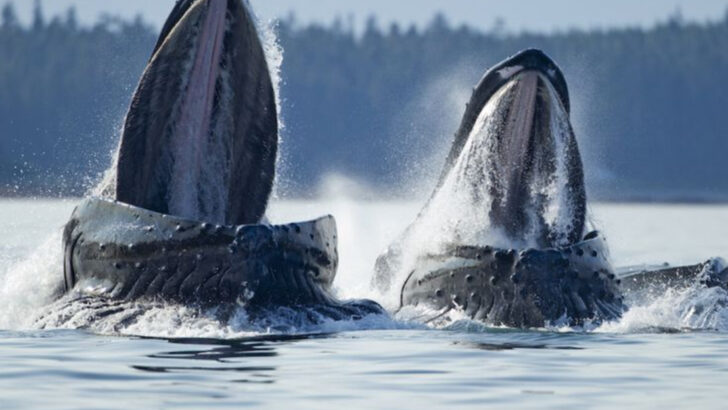No creature sings like a whale.
Their deep, echoing melodies drift for miles through the ocean, haunting and hypnotic—like nature’s own opera.
But these aren’t just random sounds. Every note, every pause, every eerie rise and fall means something. It’s communication. It’s navigation. It’s even courtship. And we’re still trying to figure it all out.
These ancient giants have been singing for millions of years, long before humans ever dipped a toe into the sea. Why do they do it? What are they saying? And how can we ever truly understand a song meant for a world so different from ours?
Dive in—we’re unraveling ten fascinating reasons behind one of the ocean’s most mysterious performances.
Communication Among Whales

Whale songs are primarily a form of communication. These creatures rely on songs to share information, particularly among members of the same species.
The lyrical patterns they create can convey details about their location, identify themselves, or even attract a mate. Each song is unique to a particular group or pod and can last for hours. Interestingly, whale songs can change over time, showcasing their ability to adapt and learn.
The changing tunes reflect the ever-evolving social structure within their communities, a testament to their intelligence and social complexity.
Navigation through Sound
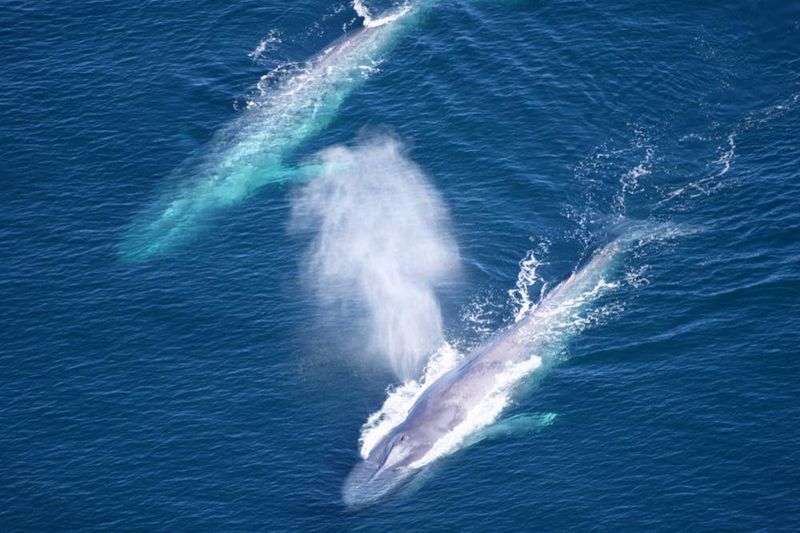
Whales utilize their songs as a navigation tool. The vastness of the ocean requires a reliable method to find their way, and singing provides the sonic map they need.
Echolocation is part of this process, where bouncing sound waves off objects helps them determine distances and obstacles. This ability ensures safe travel through murky waters and helps them locate prey.
In essence, their songs are a guiding melody, ensuring they stay on course in their migratory voyages. The intricate connection between acoustics and navigation showcases nature’s clever design in marine life.
Mate Attraction
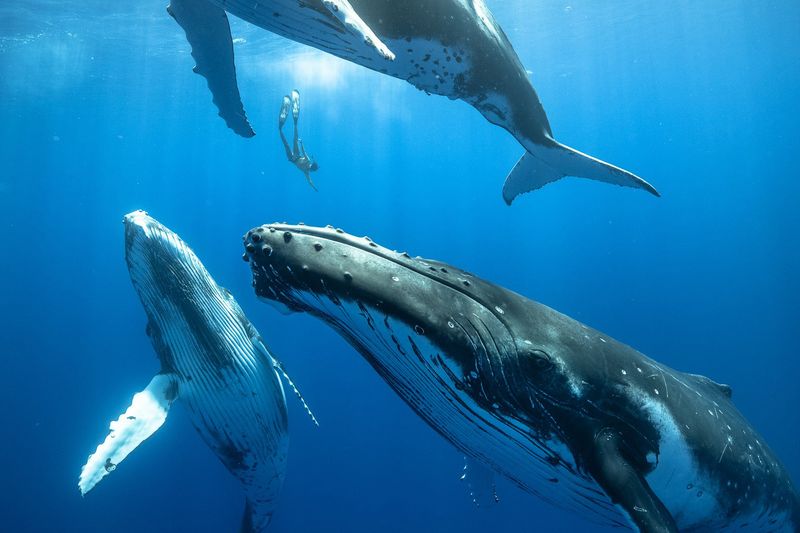
During breeding seasons, male whales resort to singing as a courtship ritual. Their songs are a serenade designed to draw the attention of potential mates.
The complexity and length of a whale’s song can be a measure of its fitness, impressing females with robust, vibrant tunes. Such melodic expressions are not mere random notes but are structured and intricate, reflecting the whale’s vitality.
This captivating display of musical prowess plays a crucial role in the continuation of their species. The courtship songs echo romance in the deep, a symphony of survival and attraction.
Territory Establishment
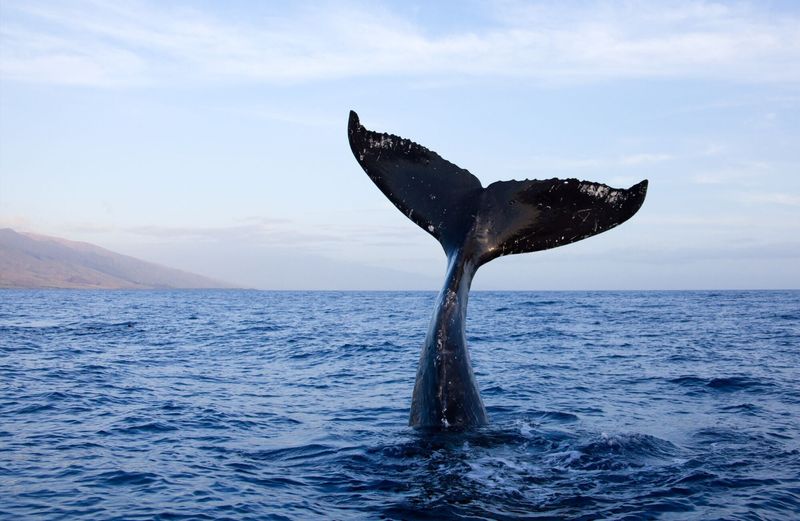
Whale songs can serve as declarations of territory. Like terrestrial animals marking their domain, whales use vocalizations to assert control over specific oceanic areas.
These auditory markers warn other whales of occupied spaces, thereby reducing potential conflicts. The sounds resonate through the waters, defining invisible boundaries of dominance. This vocal proclamation is essential in maintaining harmony and balance in the marine ecosystem.
By understanding these songs, researchers learn about the social hierarchy and territorial dynamics among whales, revealing the depth of their interactions and societal structure.
Calming Effect on Calves

Mother whales often sing to their calves, creating a calming effect that eases the young ones. These soothing melodies can comfort calves, helping them feel secure in the vast ocean.
The bond between mother and calf is strengthened through these gentle vocal exchanges, as it reassures the calf of its mother’s presence. This nurturing relationship is crucial for the calf’s development and survival.
The calming nature of these songs highlights the emotional depth and caring instincts within these majestic creatures. Such interactions reveal the tender side of whale behavior.
Group Coordination
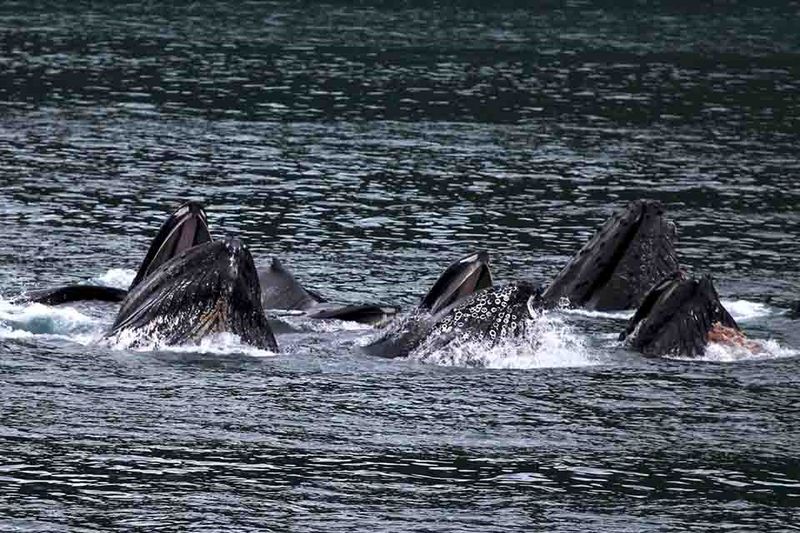
Whales use songs to coordinate their movements within groups. These communal tunes facilitate synchronized actions, especially during hunting or migration.
By harmonizing their songs, whales can efficiently control their speed, direction, and position relative to one another. This coordination is pivotal in ensuring the group’s cohesion and effectiveness in achieving collective goals.
The symphony of whale songs acts as an orchestral conductor, guiding each member in their shared journey. The ability to work together through song underscores the strong social bonds and teamwork among these marine mammals.
Stress Relief

Whale songs might also serve as a means of stress relief. The process of singing can be a calming activity, helping to alleviate tension and anxiety in these animals.
Just as humans might whistle or hum to soothe themselves, whales too find solace in their vocal expressions. This aspect of singing provides insight into the emotional well-being of whales, indicating that their complex songs are multifaceted in purpose.
The therapeutic nature of these vocalizations adds another layer to our understanding of these magnificent creatures, showing their need for emotional expression.
Cultural Transmission
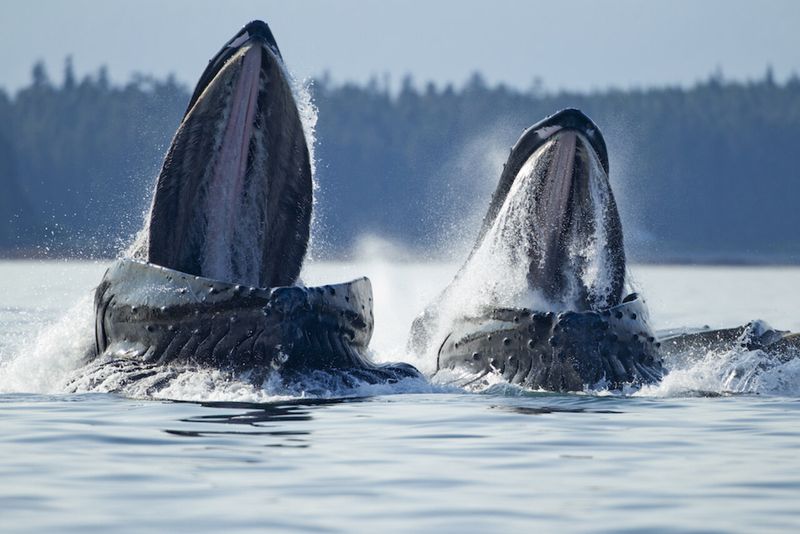
Whale songs play a role in cultural transmission, passing knowledge and traditions from one generation to the next. Elders teach the younger whales specific tunes, ensuring cultural continuity.
This educational process helps preserve essential survival information and social customs. The idea that whales have a cultural aspect to their lives is fascinating, providing a parallel to human traditions.
The transmission of songs highlights the importance of learning and mentorship in their societies, offering a glimpse into the complexity of whale culture and community.
Ecosystem Monitoring
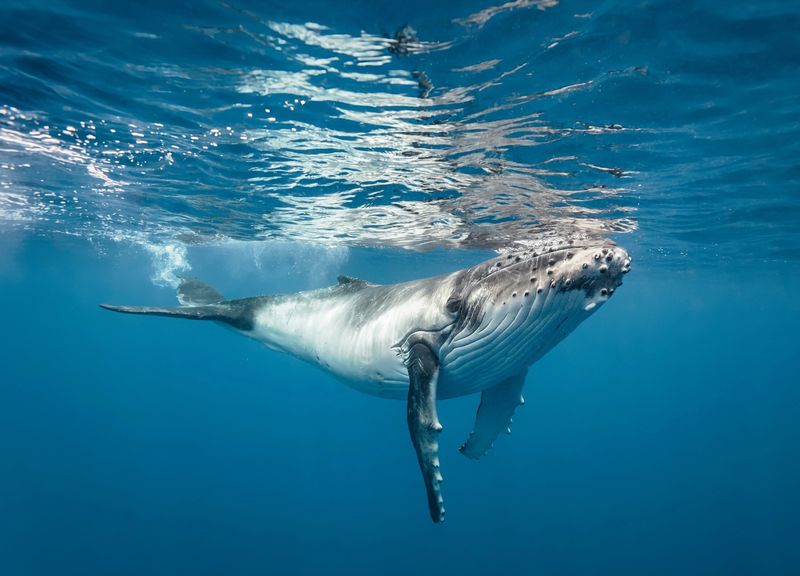
Whales might sing to monitor their ecosystem. Through their songs, they can detect changes in their environment, such as shifts in water temperature or the presence of predators.
This ability to sense and adapt is vital for their survival, allowing them to respond to environmental challenges proactively. The songs act as a form of sonar, providing real-time information about their surroundings.
Understanding this aspect of whale songs offers valuable insights into how they interact with their habitat, highlighting their role as sentinels of the ocean.
Social Bonding
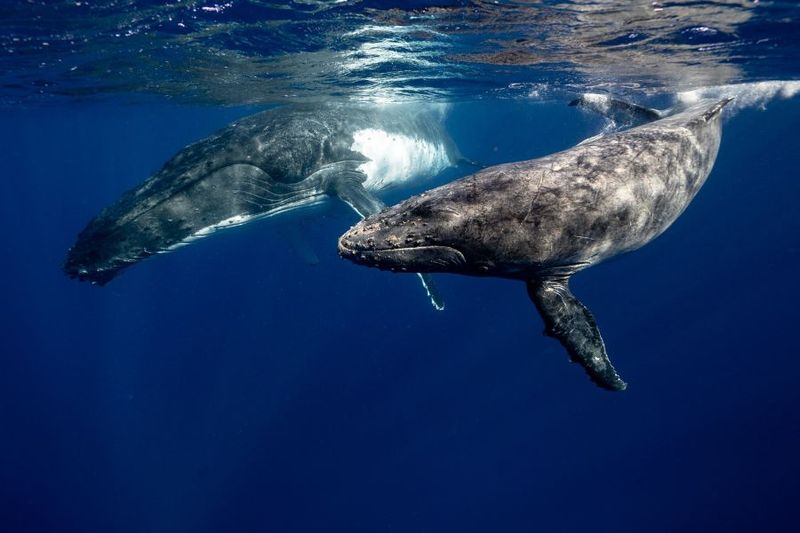
Whale songs are a medium for social bonding, fostering connections between individuals. Through these melodic interactions, whales strengthen friendships and establish social hierarchies.
Singing together can be a playful and engaging activity, enhancing camaraderie among pod members. This vocal bonding is essential for their communal life, supporting cooperative behaviors and unity. The songs act as a social glue, binding individuals in a close-knit community.
By examining these interactions, we gain a deeper understanding of the social fabric within whale groups and their intricate world of sound.

